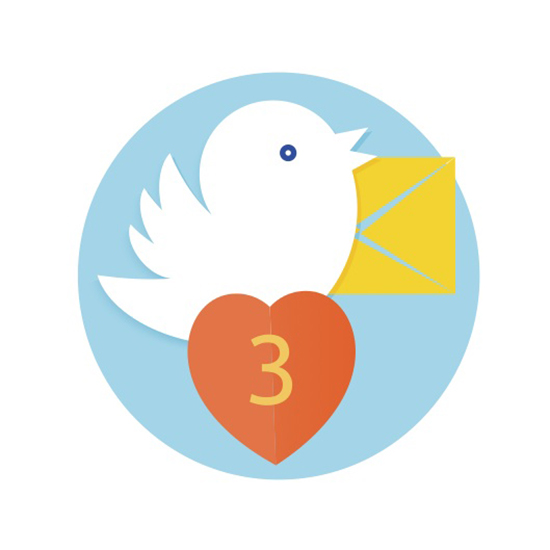How to Become a Twitter Card Shark in 2 Steps
 As the savvy marketer that you are, you’re likely aware of the power of giving your buyers content in the fewest clicks possible. And lessening the number of clicks your prospects have to go through on their mobile devices of smartphones in particular is an especially smart tactic for increasing customer engagement and lessening frustration. No one wants to click on a link within Twitter to then be redirected to another site, and have to click a “read more” link there in order to finally see the picture that was originally teased on Twitter. Well, Twitter cards are the answer to this.
As the savvy marketer that you are, you’re likely aware of the power of giving your buyers content in the fewest clicks possible. And lessening the number of clicks your prospects have to go through on their mobile devices of smartphones in particular is an especially smart tactic for increasing customer engagement and lessening frustration. No one wants to click on a link within Twitter to then be redirected to another site, and have to click a “read more” link there in order to finally see the picture that was originally teased on Twitter. Well, Twitter cards are the answer to this.
A Twitter card is a way to enrich tweets with photos, videos, or other media that can drive traffic to your website. You can offer followers the chance to sign up for your email list, use coupons, view a landing page, download an app, or register at your website without ever having to leave Twitter. With different options, how do you choose which is best for your business? And how do you maximize its implementation?
Invest in Some Reading
The developer section on the Twitter website contains everything you would need to know in order to take advantage of the opportunities Twitter cards present. The site explains the differences between Summary Cards, Summary Cards with Large Images, Photo Cards, Gallery Cards, App Cards, Player Cards, and Product Cards. By spending an hour reading through the types of cards available and looking at examples, you’ll have most of the information you need to start using this tool.
Don’t have the time to read that much? Here’s a quick cheat sheet. Twitter aptly named each of its cards to denote what it does. You want a follower to download an app? Time to call on the App Card. Do you want to show prospects a particularly powerful video or image? Use the Player Card. Sharing information on a product? Go for the Product Card. Gallery Cards show four photos at one time, while Photo Cards display just one. A Summary Card is what it sounds like–a summary.
So consider the options available, and look at your business to decide which make the most sense for inclusion in your digital marketing strategy. Then it’s time to play.
Play and Perform
The next step with Twitter cards is to embed the relevant code onto your website and validate it via the Twitter developer site. If HTML isn’t something you pride yourself on, don’t lose heart. Twitter luckily made it easy for even the most code-naïve of marketers to quickly learn how to handle this part of the process. With a little searching, you can find plentiful resources on the Web with the appropriate markup language and information on meta tags, along with some step-by-step instructions for embedding it.
Once you get this under your belt, play around with it a little. Try using the cards you’ve deemed most effective for your digital marketing efforts one at a time, and monitor the results. Then look to Twitter Card Analytics, which reveals how to improve URL clicks, app install attempts and retweets. It’s all right there.
With a little bit of research, a lot of practice and thorough evaluation of results, you can get the hang of Twitter cards. Here’s to richer tweets, and richer customer engagement too.